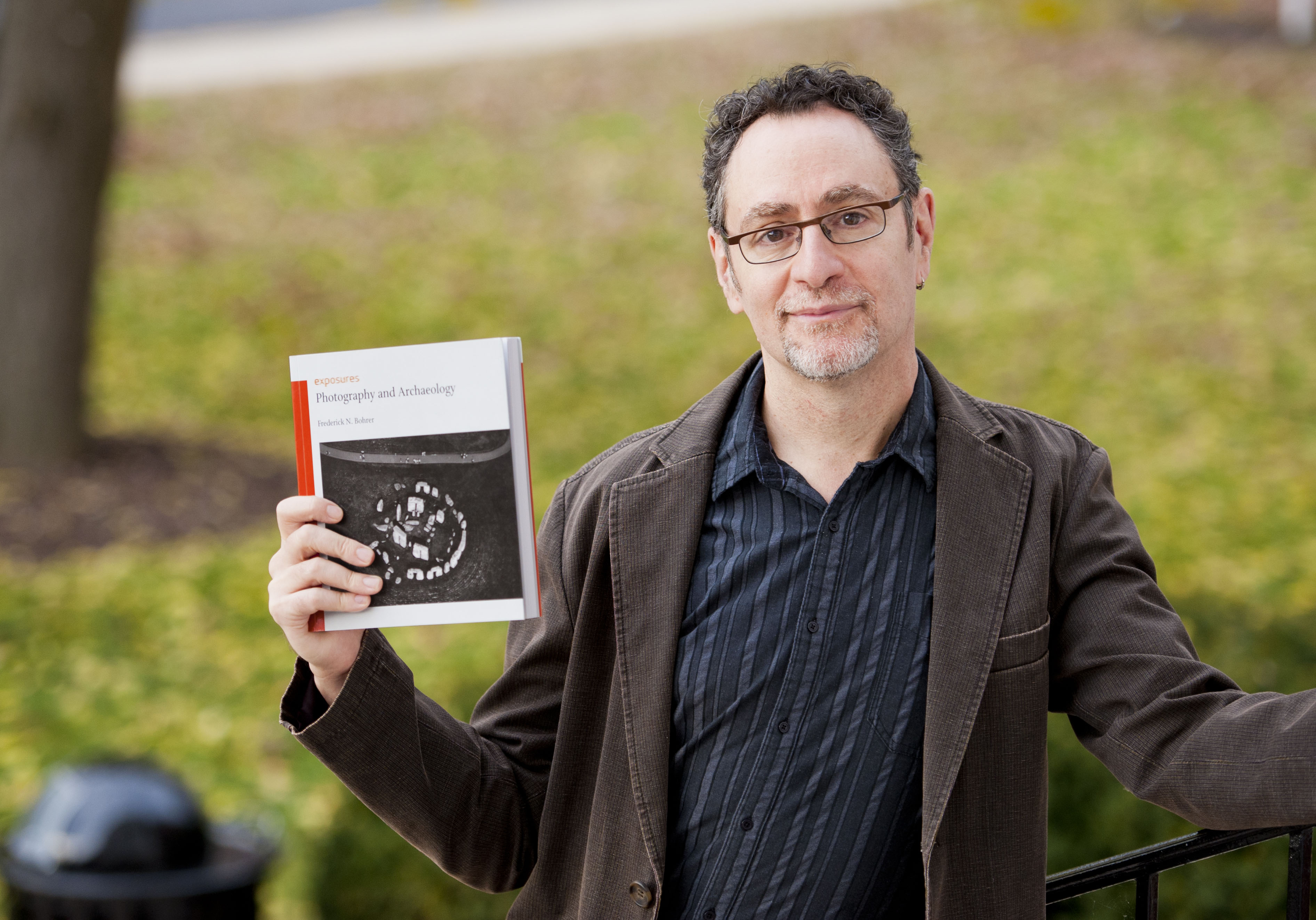
By Stacey Axler and Kimberlyn Bennet
Dr. Frederick Bohrer, professor of art and archaeology, has published a book entitled “Photography and Archaeology,” which combines the topics of art and archaeology to provide context into the past.
In the book, Bohrer examines the historical possibilities of archaeological excavations.
He said that he chose the topic of his book because he has “long worked on the history of archaeology, as in my previous book on the reception of ancient Mesopotamia.”
“Since I am primarily a scholar of the 19th century, I have always been interested in photography, a 19th century invention,” he added. So, I worked to put these two things together.”
In his book, Bohrer focuses on both the ways that archaeological dig sites have been portrayed in photographs and also how the advancement of photography in the 19th century has brought archaeology to global attention.
Bohrer explains that, primarily, many individuals believe photos of archaeological digs and artifacts ultimately preserve and record such findings. However, photography also transforms archeological objects into artwork.
“I have spent a lot of time in archives of unpublished photos of many kinds, including more than 200 images made by William Henry Fox Talbot, the English inventor of photography,” he said. “It was exciting to hold the very photos he made of Assyrian cuneiform tablets, none of which has ever been published, and read his writing on them. My research took me to all kinds of places, big and small, across theU.S. and Europe.”
Bohrer’s first book, “Orientalism and Visual Culture: Imagining Mesopotamia in Nineteenth-Century Europe,” observes the mixed reception of the art of ancient Mesopotamia during its archaeological discovery in England,France and Germany.
“It was very important to me to have a Beneficial-Hodson sabbatical grant for the year 2004-5 in doing my initial research. I hope Hood will continue to offer adequate support for faculty research,” Bohrer said.
Bohrer has been a faculty member at Hood since 1989. He earned his doctoral degree in the history of art at theUniversity ofChicago.

Be the first to comment